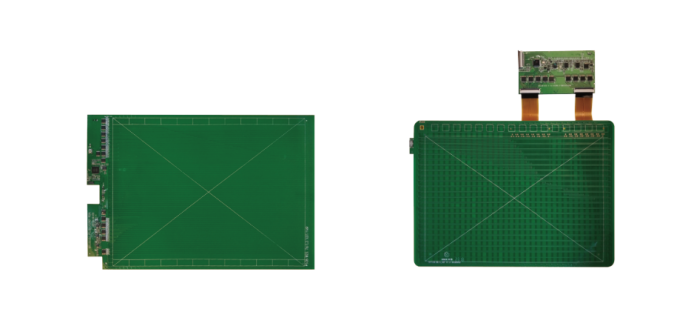An electromagnetic resonance (EMR) pen touch module with Screen is a screen component that combines electromagnetic induction technology to achieve touch interaction. It is often used in devices that require high-precision handwriting, drawing or professional operation. The following is a detailed introduction from the aspects of technical principles, composition structure, application scenarios, etc.:

1. Technical Principles
The core principle of the electromagnetic screen module is to use the electromagnetic induction phenomenon to achieve touch positioning. The specific process is as follows:
Emitting electromagnetic signals: The substrate under the screen (or the coil array in the module) will continuously emit low-frequency electromagnetic signals to form a uniform electromagnetic induction field.
Stylus interaction: When the matching electromagnetic stylus (including coils and batteries) approaches the screen, it will sense the electromagnetic signal and resonate, and at the same time emit its own electromagnetic signal to the screen (carrying information such as position and pressure).
Signal reception and processing: The coil array on the screen substrate receives the feedback signal of the stylus, and determines the position, tilt angle and pressure of the stylus by calculating the phase, intensity and other parameters of the signal, and finally converts it into a touch command that the device can recognize.
2.Components And Their Functions
Induction Board contains a multi-layer coil array, which is used to transmit electromagnetic signals and receive feedback signals from the stylus. It is the core component of positioning.
Electromagnetic stylus (Handwriting Pen) has built-in electromagnetic coil, battery and pressure sensor, and interacts with the screen through electromagnetic induction. Some high-end pens support pen body shortcut keys, tilt detection, eraser function, etc.Driver Chip controls the transmission and reception of electromagnetic signals, processes signal data and transmits it to the device motherboard.
Glass Cover/TP covers the top of the module to protect the internal structure. Some products have anti-scratch and anti-fingerprint properties.
Handwriting Control Board (FPC) connects the driver chip and the device motherboard to transmit electrical signals.
3.Application Range:
Painting and design equipment:
Digital tablets (such as XPPen, ugee brands) support professional painters to create high-precision works.
Office and education equipment:
Electronic whiteboards, conference tablets (such as electromagnetic screen products of brands such as MAXHUB and Honghe) are used for handwritten annotations and teaching demonstrations; some Windows two-in-one notebooks (such as Surface Pro) also use electromagnetic screens to support handwritten notes.
Industrial and medical equipment:
The touch screens of industrial control terminals and medical imaging equipment require precise operation and anti-interference, and electromagnetic screen modules can meet these requirements.
High-end consumer electronics:
Some Android tablets (such as the Samsung Galaxy Tab S series) use electromagnetic screens (S Pen) to achieve handwriting and drawing functions, improving user experience.